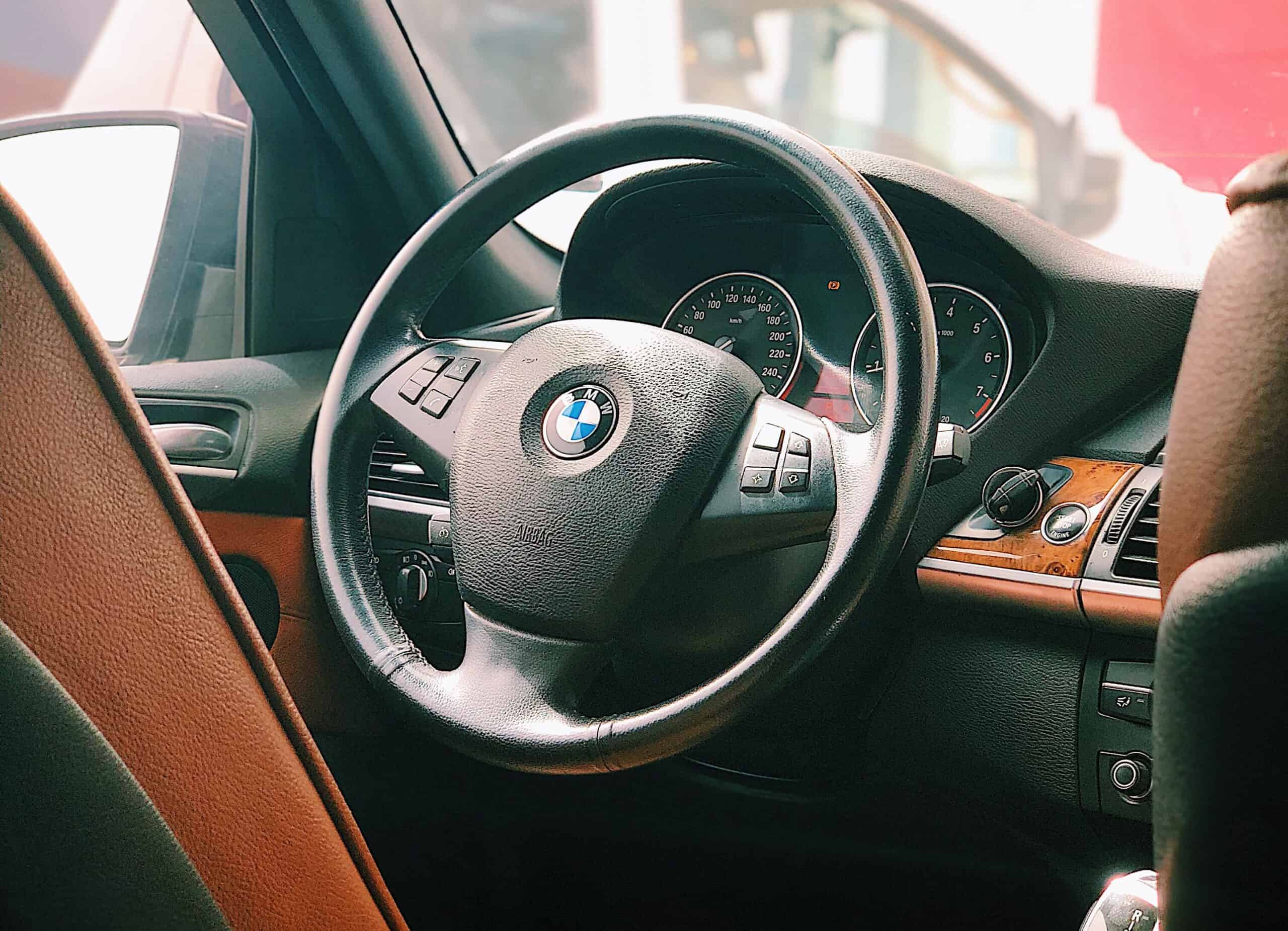the 10 most common BMW faults in the spring and how to protect yourself from them
The BMW Group produces about 3 million cars a year. Recently, there has been a very rapid increase in the number of new models, ranging from the 2 Series, 4 Series and X4 to hybrid and plug-in models. In such a wide range of models, there is a certain recurrence showing recurring problems also related to seasons and vehicle operating conditions.
In Poland, statistics on vehicle imports and their average age show that we drive vehicles 10-15 years old from the date of manufacture. After a period of harsh winter operation with the arrival of spring, a wide variety of defects are revealed, from which we have selected the ten most common.
1. Battery problems
The efficiency of a battery depends proportionally on the ambient temperature. As temperatures drop, its efficiency decreases, reaching less than 80% of its nominal value already at 0℃. The lifetime of the battery is also important. The average life of a new battery is 3 to 5 years.
With the arrival of spring, it is necessary to check the condition of the battery, the level of charging, the efficiency of the power distribution management components (IBS clamp, IPM module) and rectify faults if necessary.
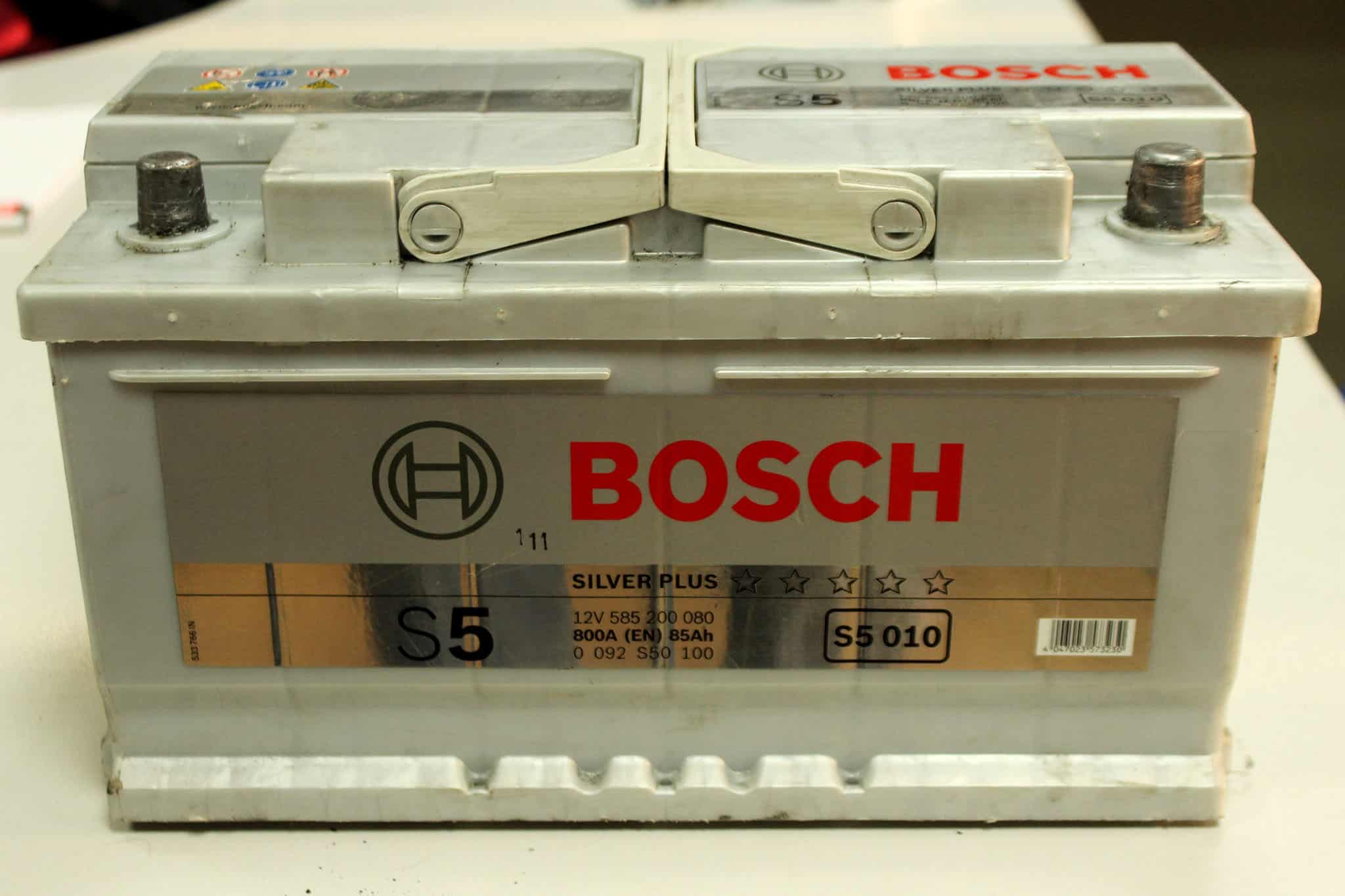
Example of a battery in a BMW
2. Coolant leaks
Low-temperature operation should be carried out with coolant of sufficient density that is resistant to freezing. If we replenish the fluid with water or use fluids with poor resistance, we increase the freezing point throughout the cooling system. This then leads to localized freezing of the fluid and bursting of cooling system components such as expansion tanks, hoses and radiators. With the arrival of higher temperatures, leaks, sometimes minor, become apparent. Ignoring them and failing to check the coolant level can lead to the cooling system becoming air-locked and damaging more components.
It is necessary to check the cooling system for leaks (under operating pressure) and fix any faults.
3. Clutch slippage, noises when declutching
If, when accelerating, we feel that the vehicle does not want to accelerate despite an increase in engine speed, or if, after pressing the clutch pedal, we hear noises and the clutch pedal pulsates, we are dealing with a worn, or damaged clutch. Under normal operating conditions, the service life of the clutch assembly is determined to be about 200,000 kilometers.
In the spring this type of failure occurs because:
- the average mileage of vehicles imported to Poland oscillates around 200 thousand kilometers,
- difficult winter operating conditions,
- digging the vehicle out of snow drifts or driving up snow-covered hills at half-clutch.
It is necessary to check the operation of the clutch and the dual-mass wheel (if present). If the above-described defects are found, it is necessary to replace them.
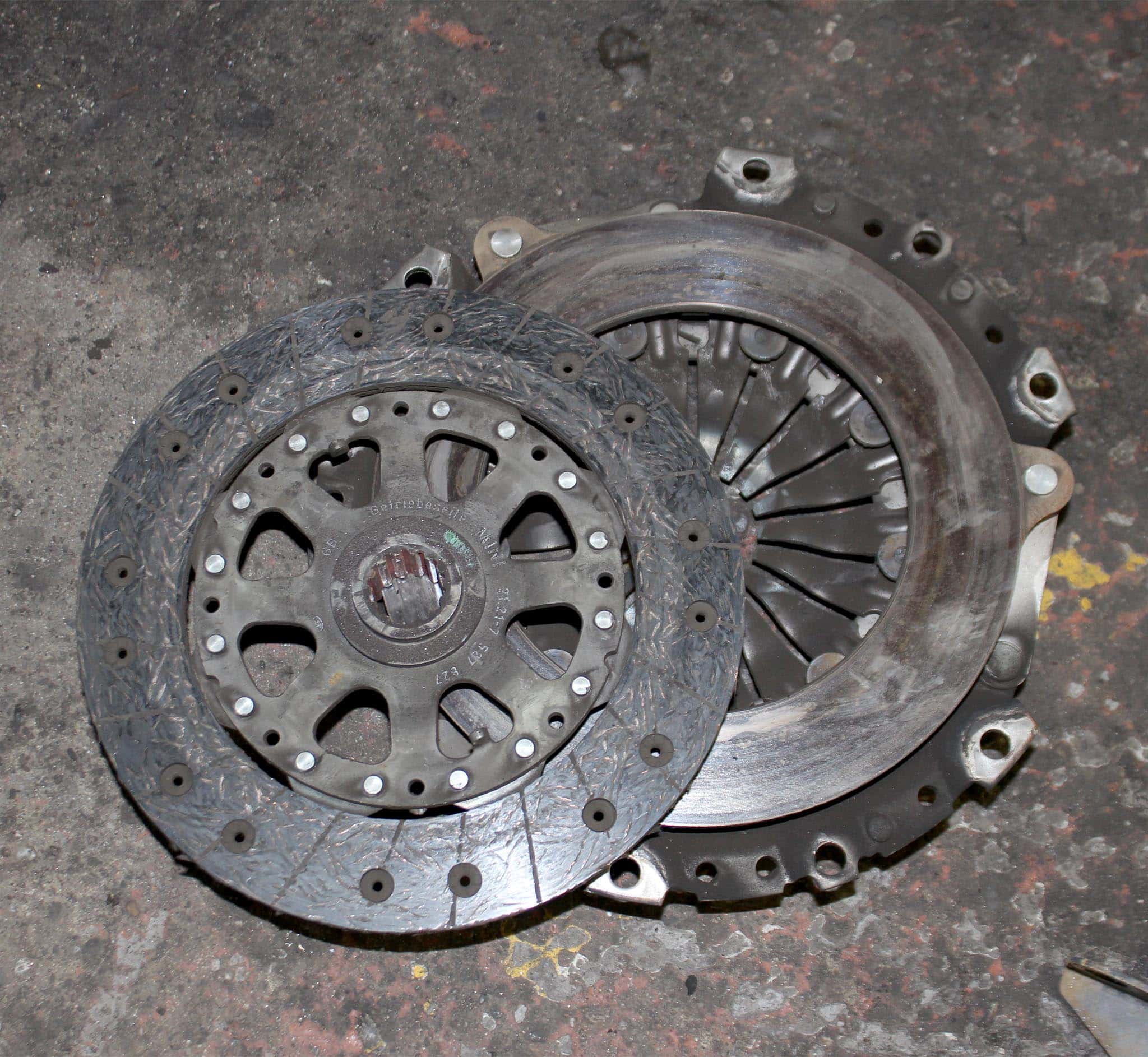
Worn clutch in BMW
4. Leaking windshield washer and headlight fluid
The fast-approaching period of low winter temperatures often surprises drivers who fail to replace their windshield washer fluid with winter-proof fluid. This leads to freezing of the fluid in the reservoir and lines and damage to the washer nozzles. Using windshield wipers to clear snow from the windshield can also damage the rubber edges of the wipers, and in extreme cases also damage the wiper mechanism.
It is necessary to check the washer fluid loss and the efficiency of the windshield and headlight cleaning system. If there are defects, it is necessary to replace the components.
5. Vehicle jerking when accelerating
The increasingly popular use of xDrive systems in more BMW models is causing frequent malfunctions related to their operation. Appearing jerking of the vehicle when accelerating, or persistent jerking when driving steadily above 50km/h, can indicate problems in the VTG switchgear box ‘s operation. The problem can occur even if the system’s failure mode message does not appear or the DSC indicator light does not illuminate permanently. The malfunction often reveals itself especially after winter, when the xDrive system is heavily used.
It is necessary to check and possibly change the oil in the VTG box. If there are persistent errors – repair of the VTG box.
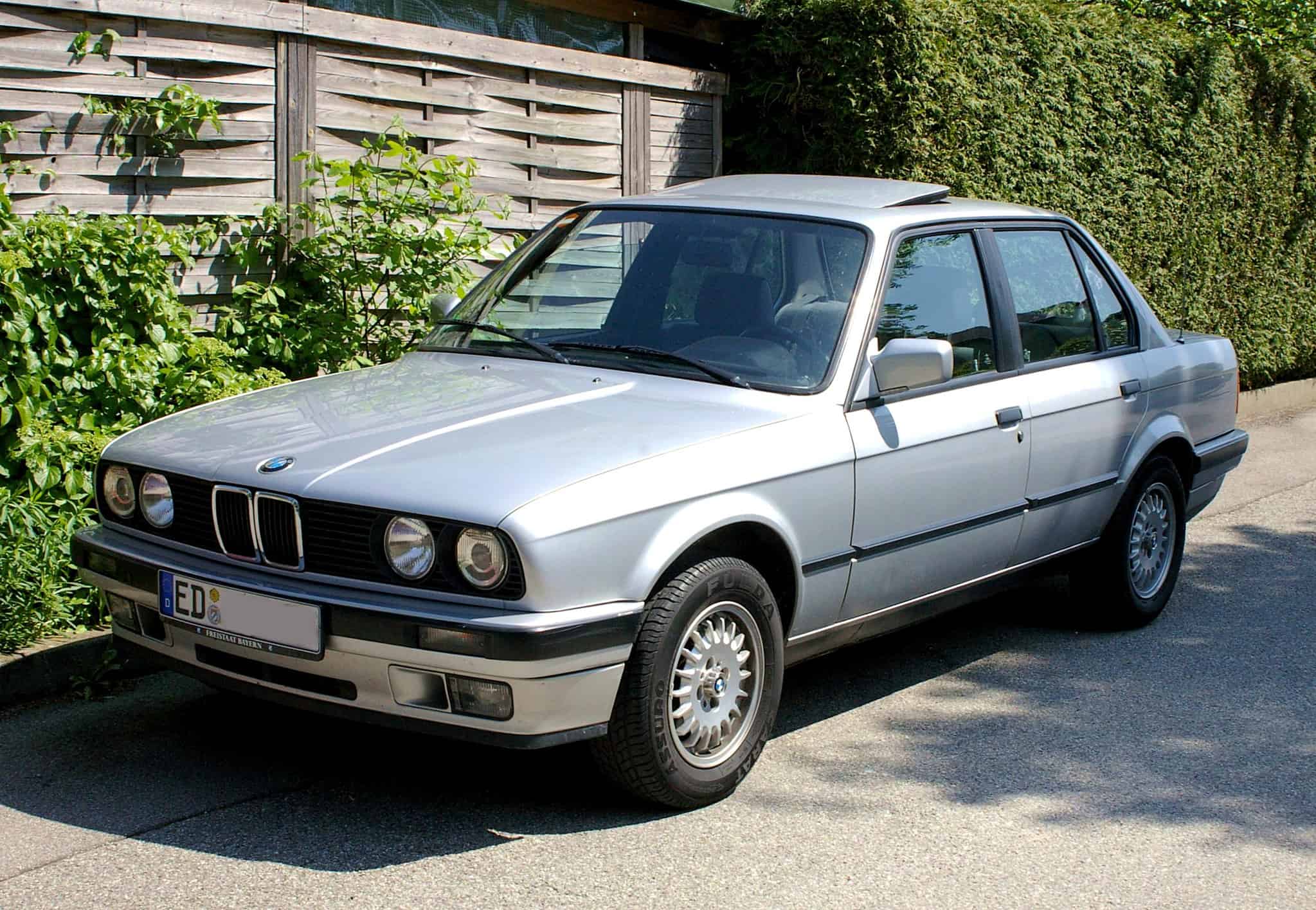
BMW 3 E30 | By Bajuvar (Own work)[GFDL or CC-BY-SA-3.0], via Wikimedia Commons
6. Water leaking into the vehicle’s interior
Spring is the season of the year with heavy rainfall. It is at this time that defects in body seals developed during winter operation become apparent. The main reasons for water leaking into the vehicle interior are:
- rubber seals unprotected for the winter period,
- severe frost,
- attempts to forcibly open doors or a frozen trunk,
- damage to side window soundproofing are reasons.
As a result, waterlogged floor mats or bottom carpeting can cause corrosion and an unpleasant odor in the vehicle interior. In turn, water leaking into the trunk compartment or into the under-roof can lead to damage to the vehicle’s controls and electrical system. Symptoms of warning lights appearing without reason, the so-called vehicle’s own life, are the most common defects caused by water leaking into the vehicle’s interior.
It is necessary to visually inspect the interior of the vehicle, including the condition of the carpets under the floor mats, and react immediately if warning lights appear.
7. Corrosion of body and chassis components
Operation of a vehicle in winter conditions in Poland is associated with exposure of body and chassis components to the strong effects of road maintenance agents, such as:
- salt,
- brines,
- salt mixtures,
- water in various states of aggregation.
In the case of cars ten years old and older, corrosion foci appear after the winter period, visible on the paint and chrome parts. Plastic parts lose their protective coating and become dull or even discolored. Chassis components degrade much faster. Particular attention should be paid to safety components in the form of rigid brake lines, which in the factory version are made of steel coated with a protective layer.
It is necessary to inspect the body and chassis and remove corrosion foci with body protection.
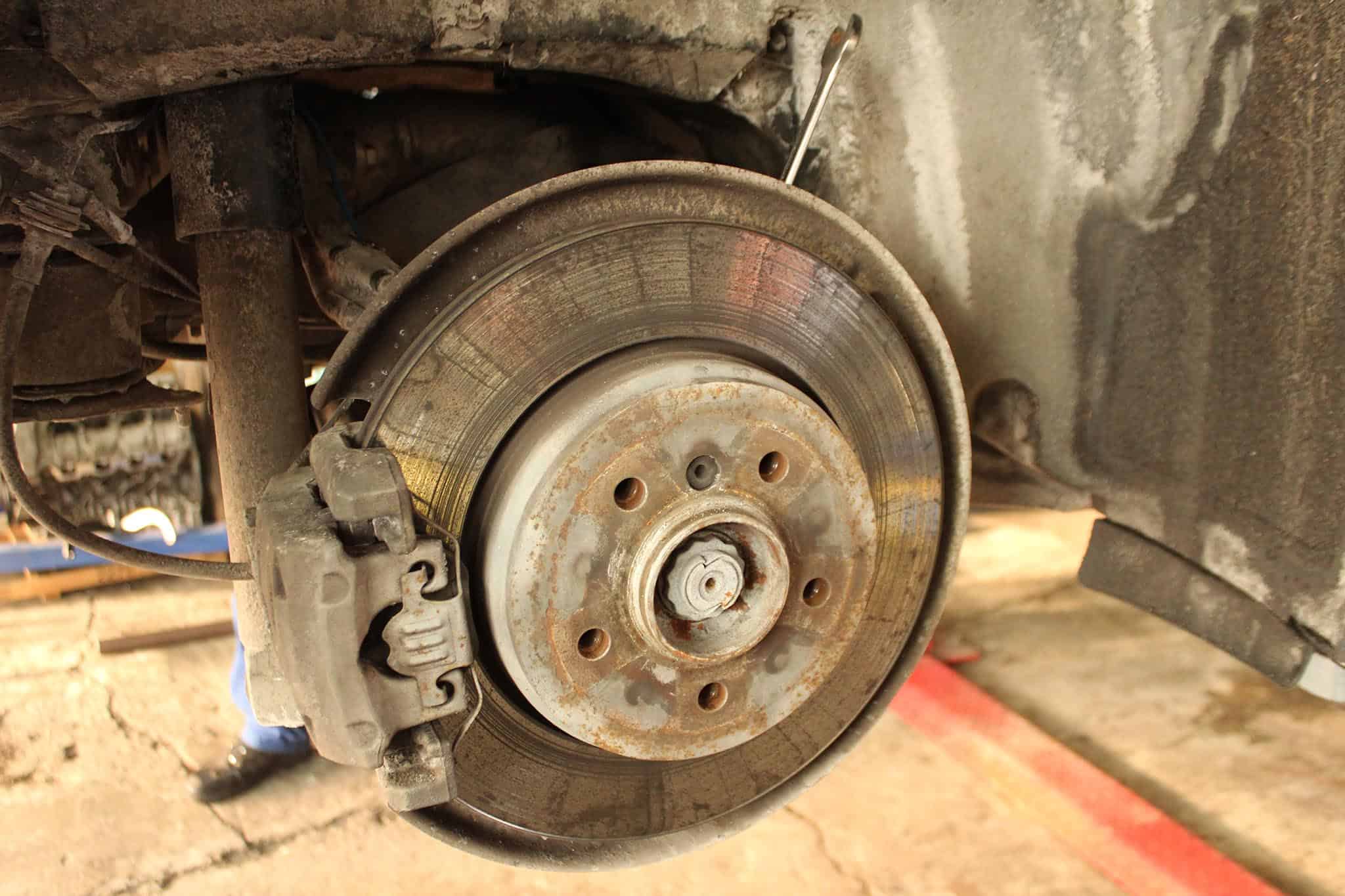
Corrosion in BMW chassis
8. Looseness in the suspension and steering system
With the arrival of the spring melt, winter breakthroughs and cavities in the road surface appear. Driving through such obstacles is the main reason for excessive play in suspension components and the steering system.
It is necessary to check the condition of the suspension and steering system and replace damaged components. It is also recommended to check wheel alignment before replacing tires with summer tires.
9. Problems with a clogged DPF and catalytic converter
The problem of handling the DPF for diesel engines and the catalytic converter for gasoline engines, described in previous tips, becomes more pronounced after the vehicle has been in winter operation. An underheated engine, driving on too short distances, a faulty glow or ignition system are the main causes of rapid clogging of the DPF or catalytic converter. The symptoms are:
- reduced vehicle power,
- switching to emergency mode,
- glowing check engine light,
- difficulty in starting the engine.
It is necessary to check the condition of the DPF/catalyst – its patency and possible repair or replacement of components.
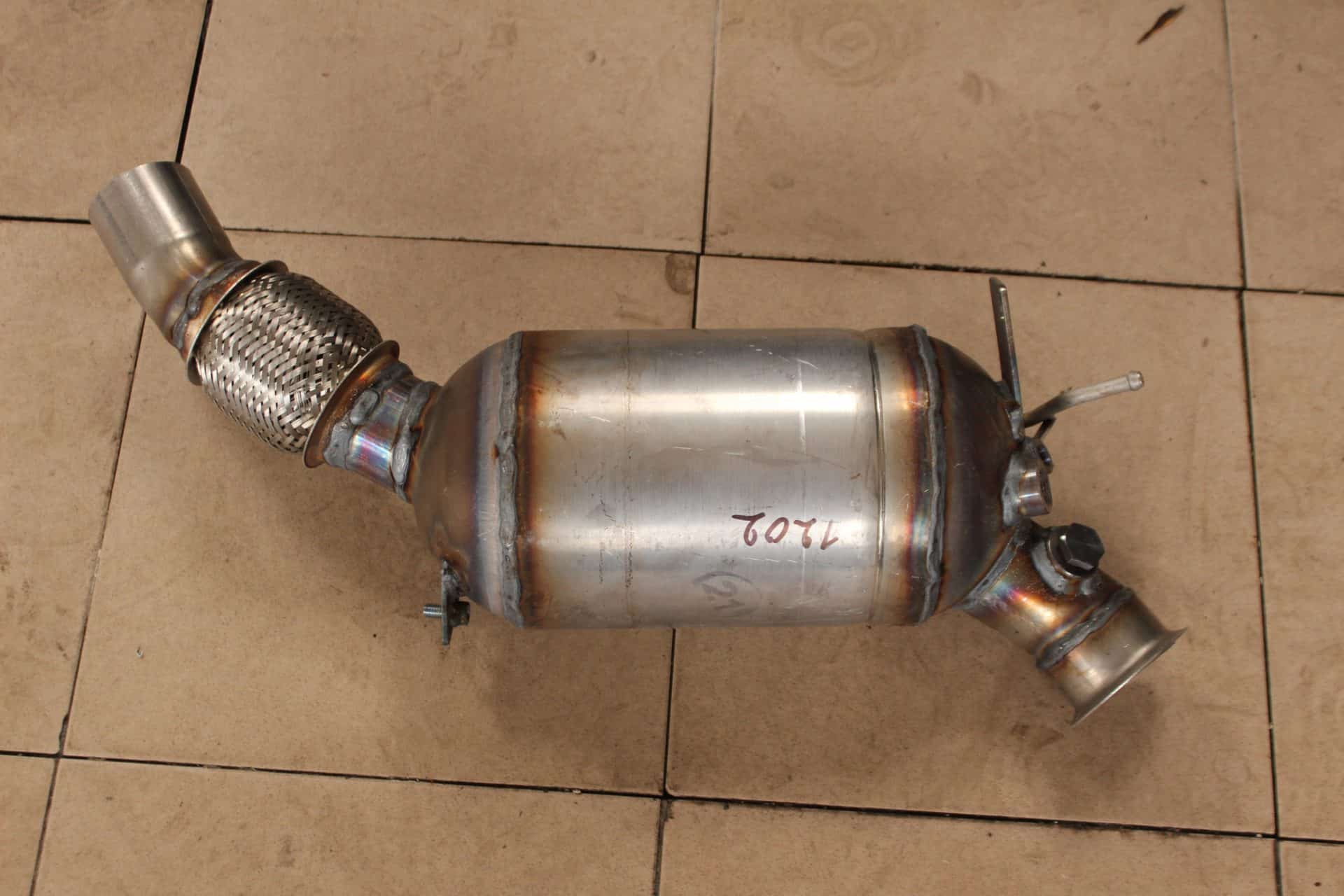
DPF filter in BMW
10. Summer tire replacement
This is not a problem, per se, but it is always worth mentioning that a set of tires adapted to the current season guarantees proper driving comfort through adequate grip and safety through shorter braking distances.
Changing tires is the moment to lift the vehicle on a jack, so at the same time you can check the condition of the suspension and brake system.
We wish you a wide road, regardless of the season and driving conditions.

BMW 740xd F01 | By L.C. Nøttaasen(CC BY 2.0)



